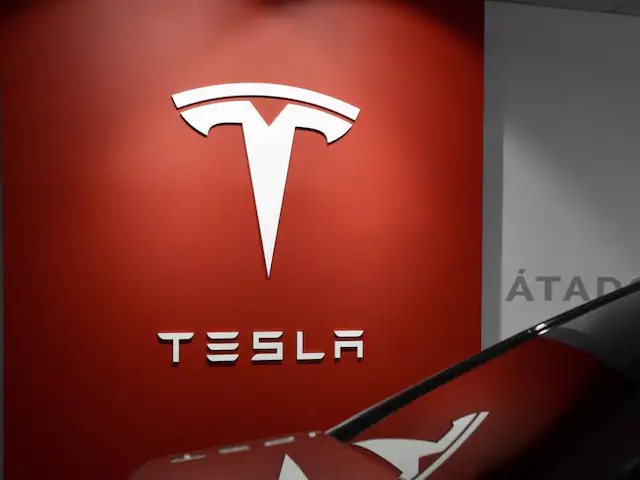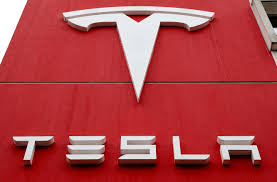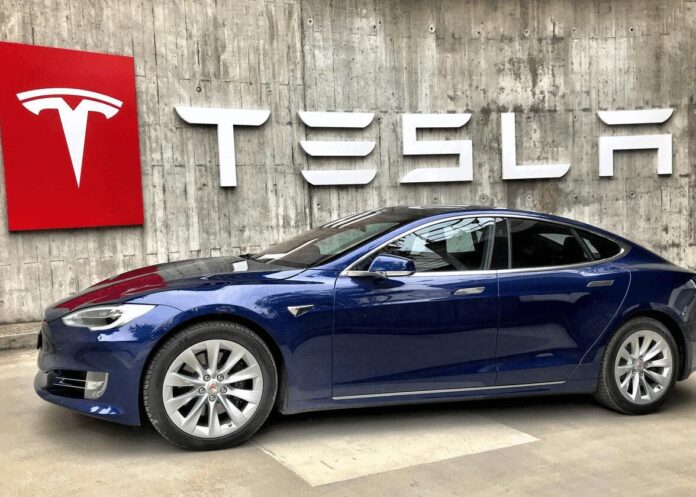Over the last ten years, the shares of Tesla, the pioneering electric vehicle (EV) firm, have increased 1,200% due to the company’s unique technology and quickly growing sales. However, there has been considerable instability recently due to macroeconomic issues. Tesla’s stock is 57% below its peak as of May 8, and the company’s sales growth turned negative in the most recent quarter. Many investors are now wondering where the company will be in ten years as a result of this.

Current Situation with Tesla
It has been nothing short of amazing how quickly Tesla has risen to the top of the EV industry. The company made $97 billion in revenue in 2023 from the sale of 1.8 million automobiles. This phenomenal increase, when compared to a decade earlier, has cemented this organization’s leadership in the industry. However, thanks in large part to their invention, the car industry has changed dramatically over the last ten years.
Persistent Dominance in the EV Market
1. Sustaining Market Leadership
In the EV industry, Tesla is anticipated to continue to be the market leader. The market for EVs is expected to rise due to the worldwide drive towards sustainable energy and tougher emissions laws. The general tendency is in favour of switching to electric cars, even in spite of recent declines in demand. The company’s robust brand, inventiveness, and growing range of products lineup should help it stay ahead of competitors.
Also Read :- BYD’s EV Revolution: Challenging Tesla in Australia 2024
2. Expanding Output and Effectiveness
The company will need to concentrate on increasing production volume and enhancing manufacturing effectiveness in order to maintain its market position. Gigafactories operated by Tesla, located all over the world, are essential to this plan. These facilities are intended to save expenses and simplify production procedures, enabling Tesla to more efficiently satisfy rising demand.
Technological Advancements
1. Technologies for Full Self-Driving (FSD)
Developing full self-driving (FSD) technology is one of Tesla’s most ambitious undertakings. Elon Musk, the CEO, sees Tesla using its FSD capabilities to run a global robotaxi service in the future. Tesla’s service has the potential to revolutionise both personal and commercial transportation and produce substantial profit margins, provided that it receives governmental permission and advances technologically.
2. Integration of AI and Robotics
Beyond self-driving cars, robotics and artificial intelligence (AI) are key areas of focus for Tesla. The business is creating AI-powered robots for a range of uses, such as industrial and maybe even consumer markets. These developments might lead to Tesla being positioned as a leader in several fast-growing industries and diversifying its sources of income.

Sustainability and Energy-Related Solutions
1. Growth in Energy Products
For Tesla to develop over the long run, its forays into solar energy and energy storage are essential. The growing need for sustainable energy is met by solar systems and products such as the Tesla Powerwall and Powerpack. With the global shift towards renewable energy, Tesla’s energy segment has the potential to become a substantial source of income.
2. Battery Technology Innovation
The core of Tesla’s products is battery technology. To increase the range and efficiency of Tesla’s cars and energy storage systems, more innovation in this field is required. Technological advances in batteries might lower prices, improve performance, and provide EV manufacturers a competitive advantage.
Dynamics of the Market and Competition
1. Handling Increasing Rivalry
Due to significant investments made in electric technology by both new and established manufacturers, the EV industry is getting more and more congested. Rivian, Lucid Motors, General Motors, Volkswagen, and other companies are fierce rivals. To keep its market share, Tesla will need to consistently innovate and set itself apart from the competition.
2. Economic and Regulatory Difficulties
Regulations will present difficulties for Tesla as well, especially in light of its FSD technology. It will take a lot of work and time to get permission for autonomous driving capabilities in different nations. Furthermore, macroeconomic variables like recessions, interruptions in the supply chain, and changes in consumer behaviour may have an effect on Tesla’s expansion.
Market valuation and investor sentiment
1. Investor Outlook and Stock Valuation
Tesla’s stock has been quite erratic, which is indicative of both the state of the market and the business’s success. The price-to-earnings (P/E) ratio of the company is currently 43, which is significantly lower than it was three years ago. Investors are now viewing Tesla’s future with greater realism and are more concerned with measurable outcomes than with speculative possibilities.
2. Prospects for Long-Term Investment
Bullish investors have a chance because of Tesla’s current value. Tesla’s stock may rise significantly if the company can overcome its obstacles and hit important benchmarks in robotics, energy solutions, and FSD technology. This possibility carries a significant risk, though, since any setbacks can result in underperformance in comparison to the market as a whole.
Conclusion
Over the next ten years, Tesla’s trajectory will be determined by its capacity for innovation, regulatory compliance, and competitive pressure management. The company’s large-scale initiatives have a lot of upside potential, but they also carry a lot of risk. It is important for investors to comprehend these dynamics in order to assess Tesla’s future possibilities.
Disclaimer: The information provided in this article is based on available sources and may not be 100% accurate.
Source-1

